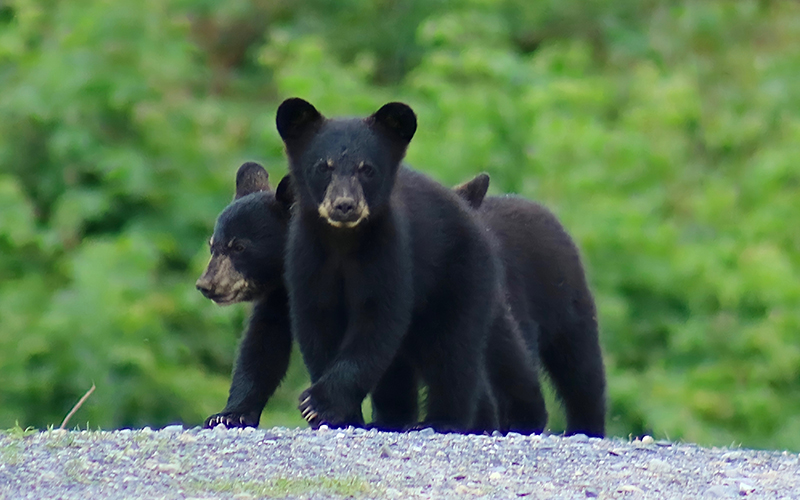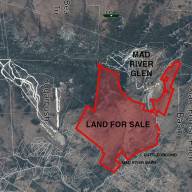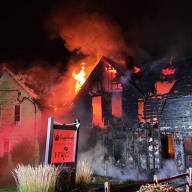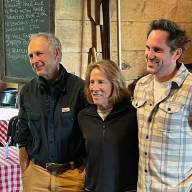By Beniamino Nardin, Harwood correspondent
Susan Morse, photographer and bear aficionado, shared years of knowledge of her studies of grizzly, brown and polar bears on a Zoom webinar on May 10. The event, “Bear With Us,” discussed the presence of black bears in the Mad River Valley, aiming at educating the public about cohabitating with bears.
The event was supported by the MRV Bear Initiative, a group of collaborators, including Friends of the MRV, which works to provide education and resources about how to coexist with black bears and increase the community’s awareness of how our actions affect them. Morse told the audience to “think about how we can lessen the stresses that we are responsible for in their lives.”
It is easy to find bear tracks if one knows where to look for them. While displaying dozens of photographs from her years of study, Morse suggested to look for bear claw scars in bark or tooth marks in conspicuous elements like trail signage or PVC piping. Another sign of bear activity includes bent or broken tree branches that lean like radii into a central point where a bear has perched to eat the tree’s fruits and flower buds.
Living in The Valley, it is vital to be aware of the fact that bears eat -- a lot. Morse explained that during the spring and summer, bears tend to eat for 20 hours a day. Among their favorite foods are winterberry, serviceberry, dogwood, viburnum, beechnut, hazelnut, red and white acorn, hawthorn fruit, raspberry, strawberry and red cedar. They will also eat colonial insects -- bears will break apart logs to eat the larvae of carpenter ants and the eggs and larvae of hornet nests. Bears might also peel tree bark and chew at the cambium. Occasionally, bears will eat fawns neglected by does.
Black bears are what is known as a “keystone species” -- they’re central to the biodiversity of the Mad River Valley. Because bears eat so much, they contribute heavily to the movement and germination of dozens of plants, which go on to support dozens of other species. Bear scat is a fertile place for seeds to begin their growth.
Residents of The Valley should be sensitive to the needs and habits of black bears, particularly the fact that they are such big eaters. Dumpsters must be locked and bear-proofed. Be mindful of composting properly, and, if possible, do it in a way that does not attract bears. Apiaries should be surrounded by an electric fence -- this has proven 100% effective against bears. Morse also warned against keeping bird feeders, because it’s just asking for bear trouble.
Black bears are very timid, so when encountering one, Morse said the best thing to do is stay entirely still and “let the bear go where it wants to go.” Morse emphasized that human have a duty to coexist with the bears.












